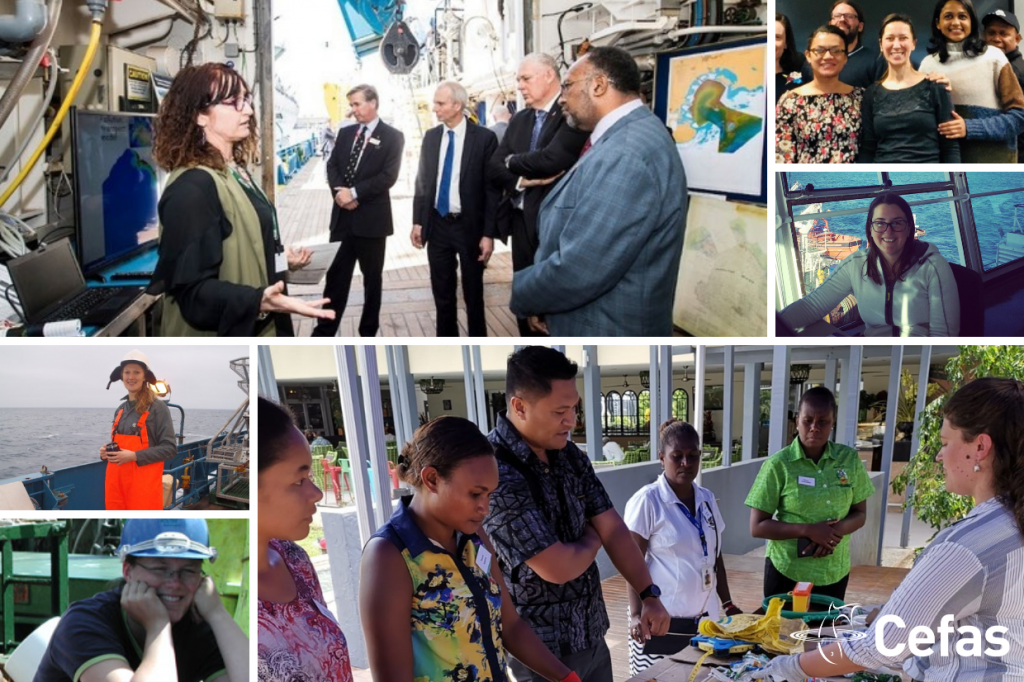
Today is international women’s day. In celebration of the annual event we’re learning more about some of the female scientists in Cefas.
Michelle Devlin: water quality scientist

Michelle has worked on water quality and environmental science issues for many years. Her interest in defining, mapping and modelling the impacts of water quality began in tropical North Queensland where she worked on the Great Barrier Reef.
“My work leading the water quality programme for the Great Barrier Reef Marine Park Authority focused on understanding the extent and impact of water quality on coral reefs and seagrass beds” explains Michelle. “During this time, I also completed a PhD mapping the extent and impact of flood plumes on the Great Barrier Reef”.
An international fellowship led Michelle to visit Cefas where she became interested in the european approach to water quality . Michelle joined Cefas in 2001, working on UK, European and Middle East water quality issues but returned to Australia 6 years later. Here she led a water quality research team at TropWater, James Cook University, to develop innovative ways of mapping and reporting water quality issues using ocean colour gradients traditional monitoring, satellite and models.
“I returned back to the UK in 2015 to take up a second position at Cefas. I’ve been working on many projects around water, human health, policy, advice, integrated data and assessments ever since ” says Michelle.
“My work has taken me across the world to Australia, UK, Europe and the Middle East. At the moment, I’m really enjoying my current work in the Pacific under the Commonwealth Marine Economies Programme as it has taken me back to my original area of research” she concludes.
Josie Russell: marine litter scientist
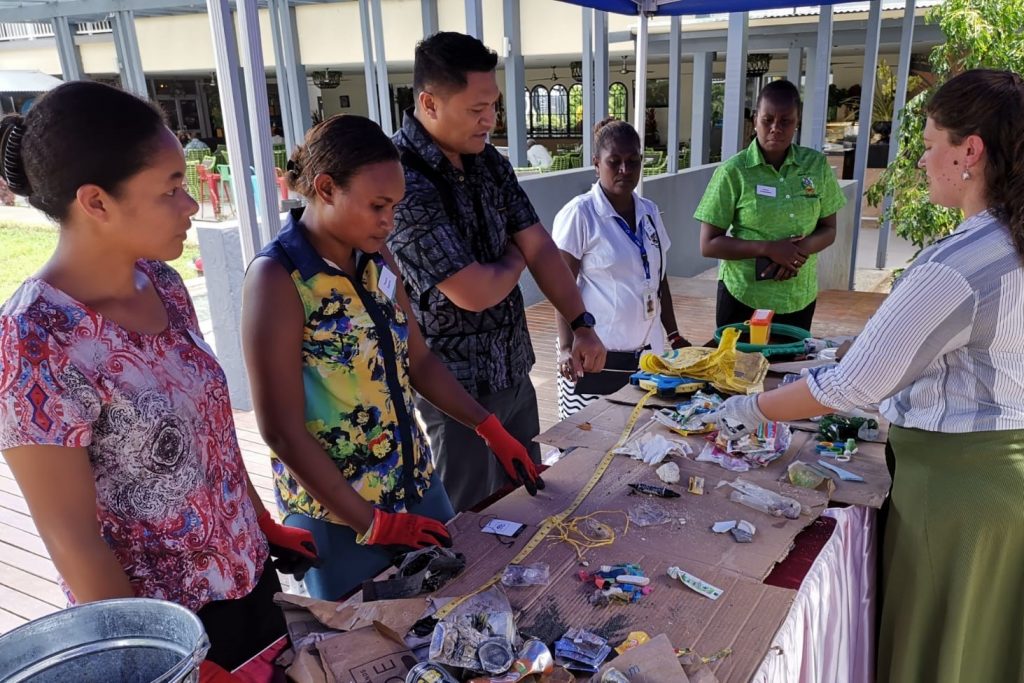
Marine litter scientist Josie Russell has worked for Cefas for just over a year. “Before I started at Cefas I had studied Marine Biology for my undergraduate degree and I then completed a Masters in Tropical Coastal Management.
“During and after university I worked as science officer for an NGO on marine conservation projects across the world teaching tropical ecology to volunteers and completing diving transects of the coral reefs. ”
On her return to the UK Josie was keen to continue working in the environmental sector. “I found it difficult to get a job in a science field when I returned to the UK. But I still wanted to work in the environmental sector as it is something I’m really passionate about.” explains Josie.
She began a job in waste management with her local council, where she met several members of the Cefas marine litter team. “I heard about a vacancy in the team and applied. I’m glad I did as it brought me to where I am today - co-ordinating two European marine litter projects and working on the Commonwealth Litter Programme (CLiP) which takes me all over the world,” says Josie.
Ruth Parker: biogeochemistry scientist

Ruth Parker is a biogeochemistry scientist who has worked at Cefas for over 20 years. “I joined Cefas in 1998 straight after my PhD on trace metal cycling of colloids/nanoparticles in the marine environment at Southampton University. During my time at Cefas I have mainly worked on the R&D side of things. “ explains Ruth.
Ruth began working in eutrophication and water quality before moving onto projects focused on seabed function, impact and monitoring. Her work also links into larger programmes focused on understanding shelf sea processes and their reponse to human and climate change pressures.
“There are always opportunities to do interesting fundamental science linked to the questions and evidence needs of policy makers. I find this balance challenging and interesting - this might be why I have worked at Cefas for over 20 years!”
Ruth is now a joint theme leader, “it is very enjoyable to encourage and support the development of new areas of work and science excellence. I particularly enjoy helping early career researchers develop their own science ideas, through mentoring or PhD studentships. ”
Tiziana Luisetti: environmental economist
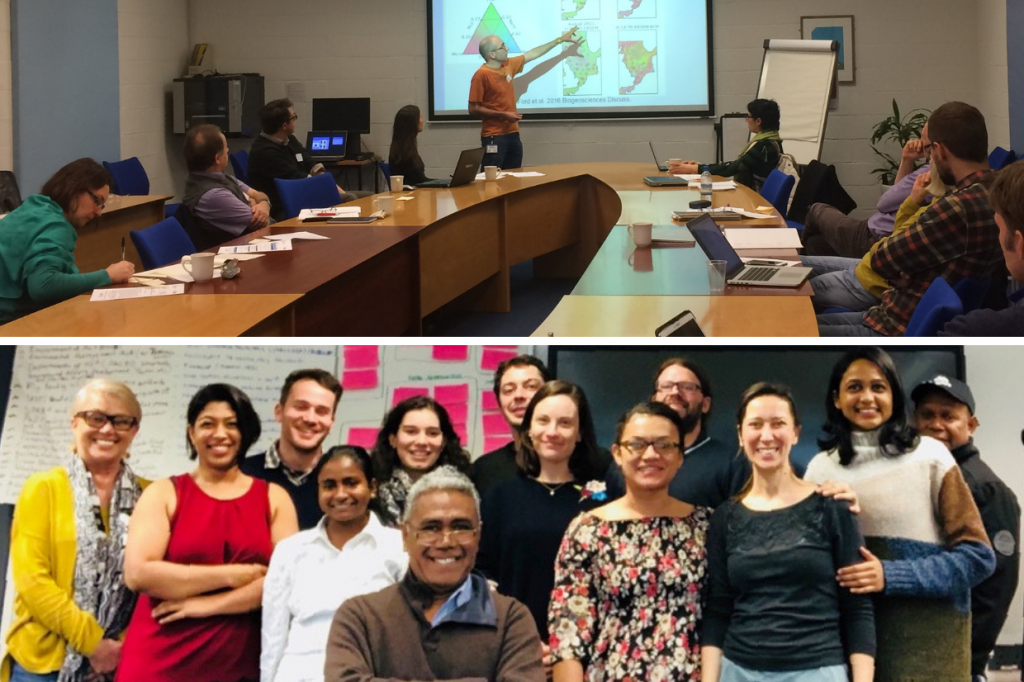
Tiziana Luisetti is a senior environmental economist at Cefas specialised in coastal and marine ecosystem services valuation and management.
She says, “I joined Cefas in 2012 as principal environmental economist after a post-doctoral experience at the University of East Anglia. I lead a team of six economists coordinating who coordinate the provision of advice and science related to the economics of the coastal and marine environment. We mainly work with Defra, but we also advise Commonwealth Small Island Developing States.”
Tiziana also co-supervises PhD students at the University of East Anglia, where she is an honorary lecturer.
“My experience was built working in several interdisciplinary projects in the UK within which I’ve explored various ecosystem services valuation issues. My work has looked at habitat re-creation, ‘blue’ carbon, non-native species and much more ” explains Tiziana.
Bryony Townhill: marine climate change scientist
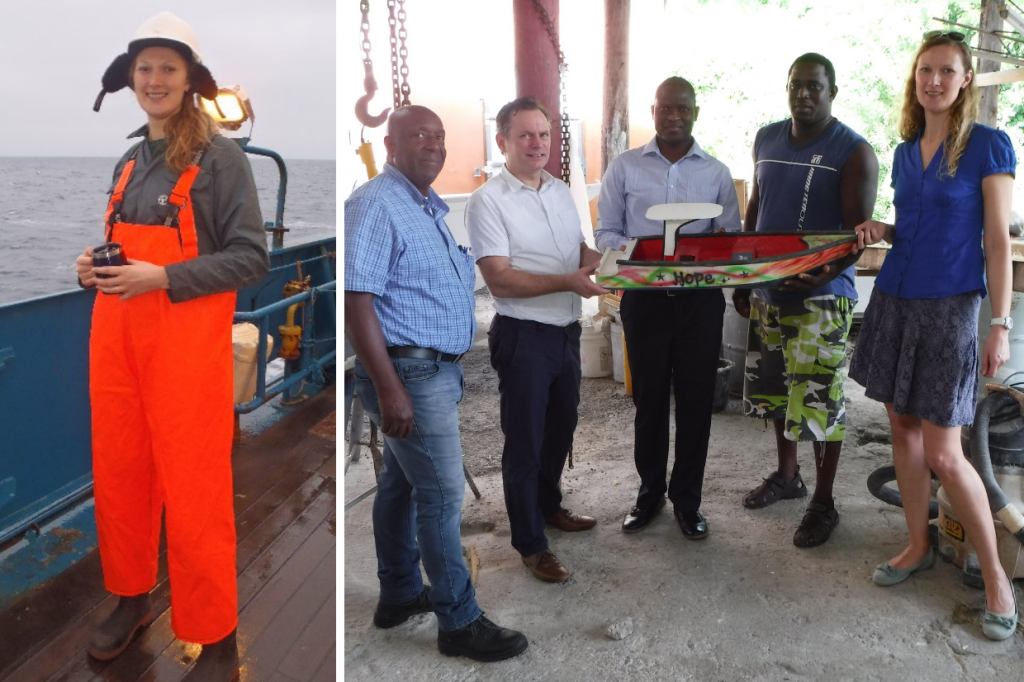
Bryony has worked at Cefas for over 6 years as a marine climate change scientist. Her work focuses on the use of models in assessing the impacts of climate change on marine ecosystems, and also on increasing understanding of marine climate change and adaptation issues in small islands.
She says “before joining Cefas I worked at a large consultancy as an aquatic ecologist. After joining Cefas I did a part time PhD, using different modelling techniques to determine the effects of climate change on marine species. I am now continuing that work, using the latest Met Office climate projections to see what implications there are for the UK.”
Bryony also works on climate change projects around the world. She adds “I find it very rewarding to see how our work is taken up within regions, particularly in small island countries who are vulnerable to climate change. It’s great to see how our work is directly feeding into climate change policies and adaptation”.
Elisa Capuzzo: ecosystem scientist
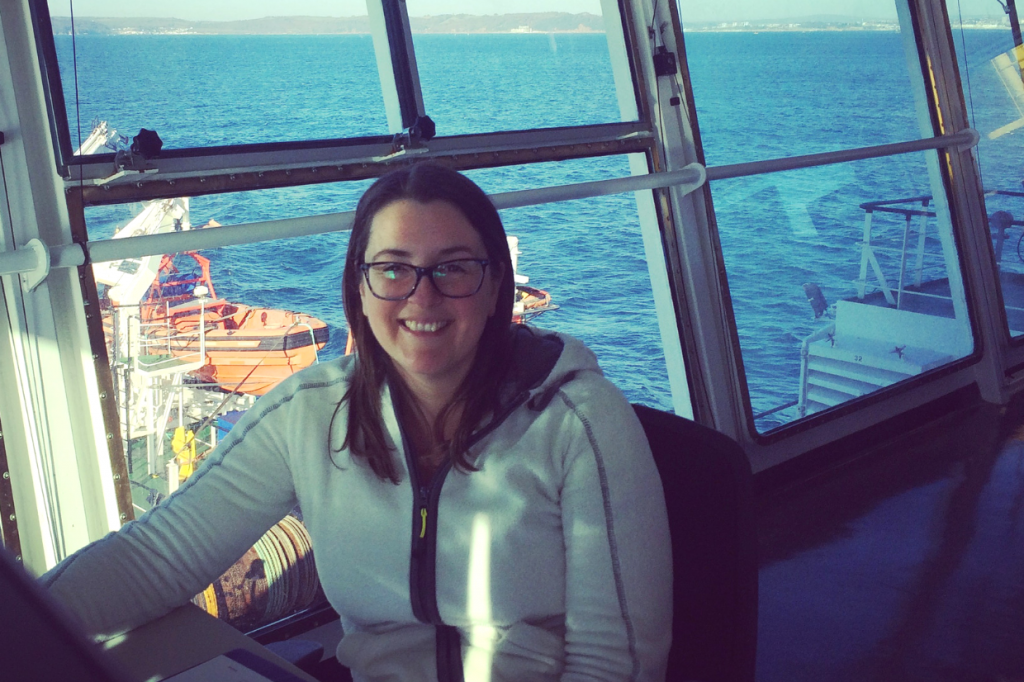
Elisa Capuzzo is an ecosystem scientist who joined Cefas nearly 10 years ago whilst completing her PhD.
“Working at Cefas has allowed me to further develop my knowledge of new and existing topics. For example, in recent years I’ve led on several projects related to seaweed aquaculture. We’ve been looking at the site selection for seaweed farms and potential environmental effects,“ explains Elisa.
Elisa has also been on over 30 surveys, 7 of which she has been scientist in charge. “One of the best parts of my job is having the chance to be at sea on the RV Cefas Endeavour” she explains. “From sampling phytoplankton blooms so dense to change colour of the water to witnessing Atlantic bluefin tunas and seabirds in a feeding frenzy, surveys give you a unique perspective of the marine environment and its processes”.
To learn more about our science you can:
- Follow Cefas on twitter
- sign up to the Cefas Science Newsletter
- or visit the Cefas website